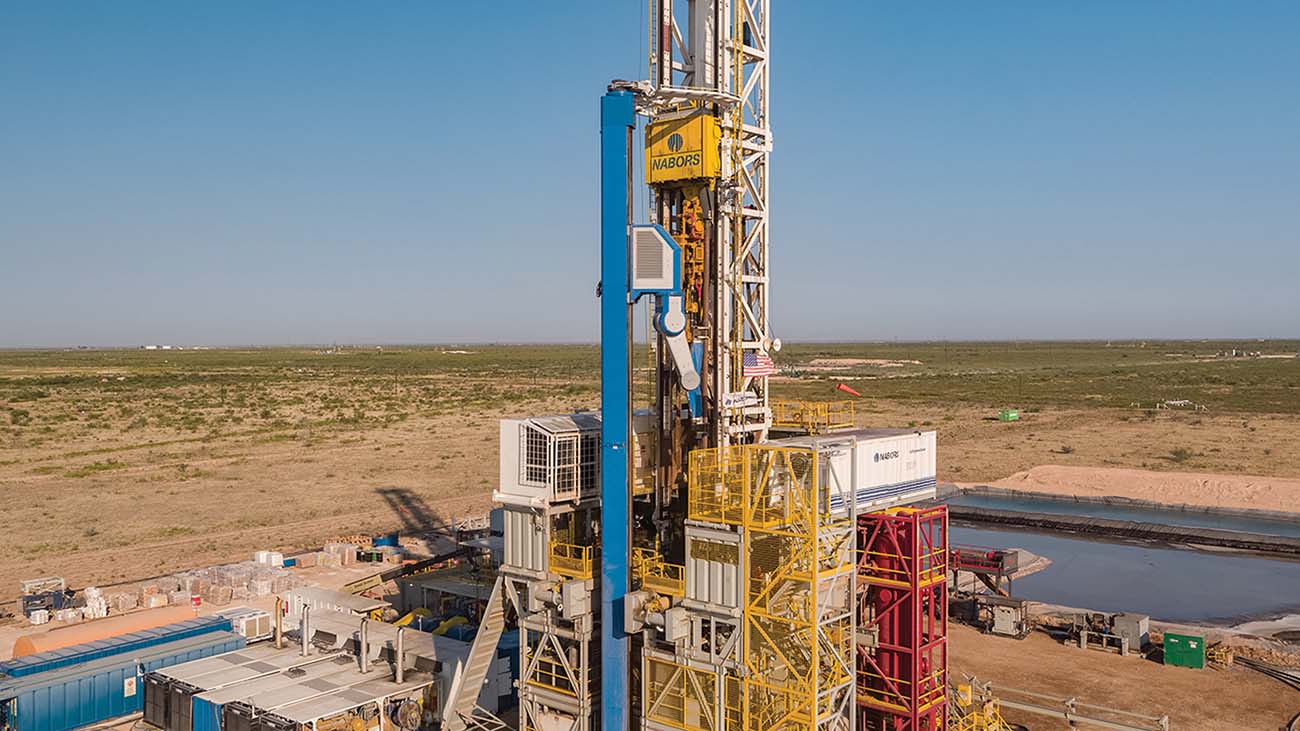In today’s energy landscape, the pressure to drill faster, deeper, and safer is relentless. From high-pressure, high-temperature (HPHT) wells to unconventional shale plays and ultra-deep offshore environments, operators are navigating a constantly shifting operational terrain. Amid this complexity, resilience has become the new performance metric.
It’s no longer enough to simply drill wells. The goal is to do it predictably, repeatedly, and without interruption.
At the heart of this new performance standard lies a critical capability:
Integrated Fluid Engineering Services.
When fluid design, analysis, logistics, and field support are delivered as a seamless system—not fragmented silos—operators gain something invaluable: operational continuity under pressure.
The Risk of Disjointed Operations
Too often, drilling projects suffer from misalignment:
-
The fluid formulation is created in isolation from real-time field data.
-
Equipment arrives without being calibrated to the site-specific plan.
-
Laboratory analysis is delayed or disconnected from on-site adjustments.
-
Communication breakdowns between engineering teams and field personnel lead to slow responses during critical fluid events.
The result?
-
Increased Non-Productive Time (NPT)
-
Formation damage due to reactive or incompatible fluids
-
Tool failure caused by poor fluid maintenance
-
Escalated costs and safety risks
In an industry where downtime costs thousands of dollars per minute, fragmentation is not just inefficient—it’s dangerous.
The Power of Integration
Integrated fluid engineering services eliminate this disconnect by bringing every aspect of fluid performance—design, testing, delivery, and support—under one coordinated framework.
This approach is not just about convenience. It is a strategic methodology that builds resilience through:
✅ Consistent Quality Control – From the laboratory to the wellsite, every batch of fluid meets the same performance standards.
✅ Real-Time Adaptability – Engineers respond immediately to changes in well conditions with informed, data-backed decisions.
✅ Streamlined Logistics – Fluid systems and equipment are deployed in sync with project timelines, reducing delays and material mismatches.
✅ Predictable Results – Integrated oversight ensures repeatable success across multiple wells and locations.
✅ Tighter ESG Compliance – Integrated services allow for traceable documentation, controlled waste management, and adherence to environmental standards.
Integration turns drilling fluid management from a support function into a competitive advantage.
Inside Integrated Fluid Engineering
At its core, integrated fluid engineering consists of four interlocking components:
1. Engineering Design
Tailored drilling and completion fluid systems engineered based on:
-
Formation characteristics
-
Operational parameters
-
Historical performance data
-
Environmental restrictions
2. Laboratory Services
Advanced analysis of:
-
Rheological properties
-
Contamination resistance
-
Thermal and chemical stability
-
Compatibility with formation fluids and materials
3. Field Support
Onsite engineers and mud technicians equipped to:
-
Monitor and adjust fluids in real-time
-
Conduct field tests and interpret trends
-
Interface with rig teams and report accurately
-
Prevent fluid-related incidents before they escalate
4. Equipment & Logistics
Delivery of calibrated, ready-to-deploy equipment and additives:
-
Blending systems, shakers, filtration units
-
Mobile labs and mixing skids
-
Fluid tanks and containment systems
-
All backed by inventory management and QA/QC protocols
The Oilchem Model: Built for Resilience
At Oilchem Drilling Fluids Limited, integration isn’t a buzzword—it’s our DNA.
We provide a fully integrated fluid engineering ecosystem that includes:
-
Custom fluid formulations aligned with each phase of well construction
-
24/7 lab and field support to troubleshoot and optimize on the fly
-
Certified rental equipment and logistics management
-
Performance tracking to close the loop from plan to execution
-
Compliance-ready documentation for HSE and regulatory audits
By bringing everything together—engineering, lab, logistics, and field operations—Oilchem ensures that one team is responsible for one outcome: your well’s success.
Conclusion: Resilience is Engineered
In an industry where well failures, downtime, and operational chaos are expensive and dangerous, resilience is not accidental—it is engineered.
Integrated fluid services provide the continuity, adaptability, and strategic oversight that modern wells demand. They transform mud from a line item into a core performance system—one that keeps the bit turning, the costs down, and the risks in check.
Because in today’s drilling environment, it’s not just about completing a well.
It’s about doing it right, every time, without compromise.
That’s the power of integration. That’s the future of drilling resilience.






